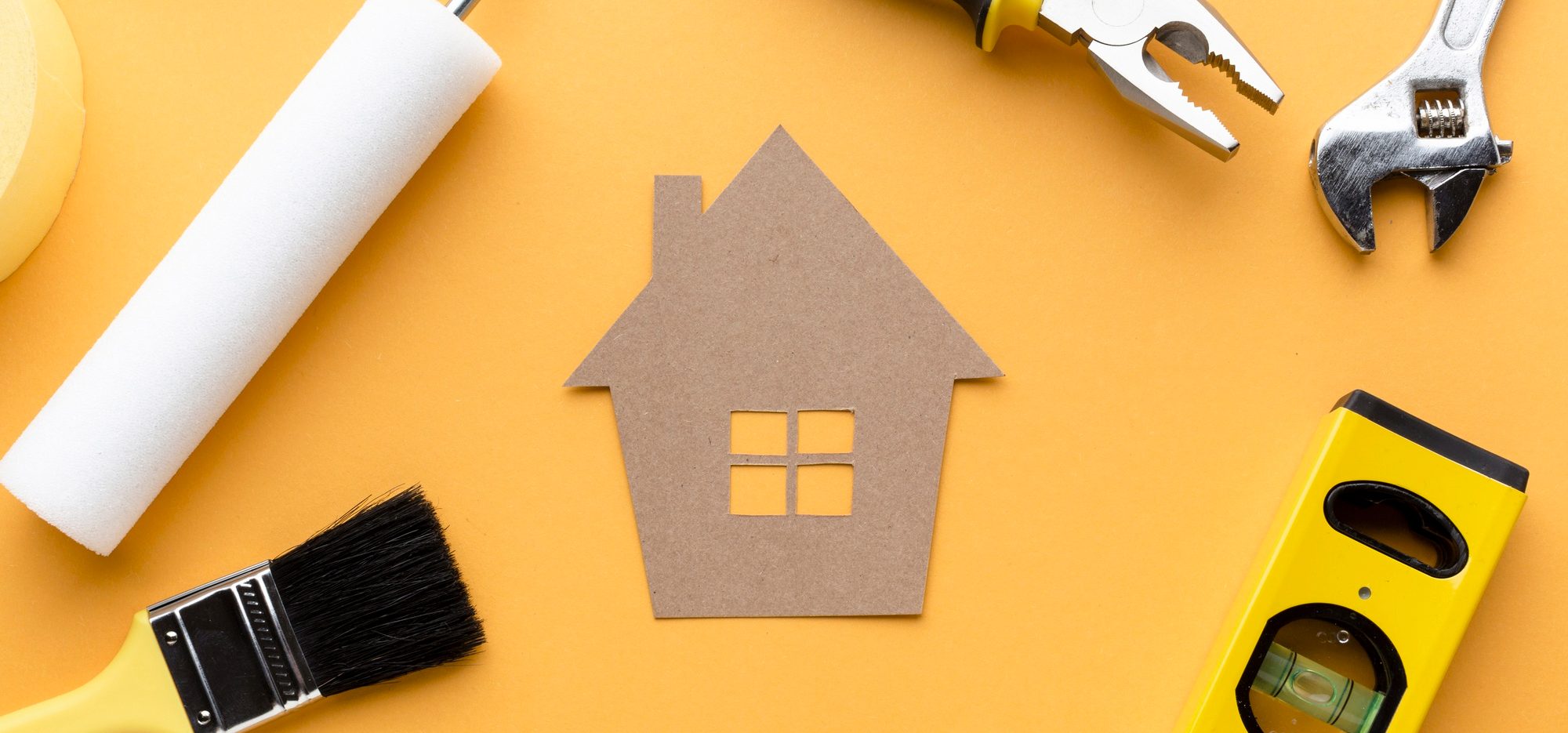One major decision when buying a home is buying a fixer-upper or a move-in-ready home. Every option has advantages and disadvantages; the right choice depends on what you want. Let’s explore each type and weigh the pros and cons of both.
What Is a Fixer-Upper Home?
A fixer-upper is a home that requires some elbow grease before it is living-ready. It could mean the place needs repair, renovation, or updating to meet your standards. Many of these homes are sold cheaply because they require much more care and money to maintain or bring out their full potential.
What is a Move-In Ready Home?
A move-in ready home is precisely what it states: it should be prepared to move into immediately. Everything is in good condition, and no major work needs to be done before you start living there. Sometimes, these homes are more highly-priced since all the work has already been done, and they’re in great shape.
Pros of Buying A Fixer-Upper
The most significant advantage associated with fixer-uppers is the more reasonable price compared to more well-maintained homes. Such dwellings at least have a lesser upfront cost because they require work. This could be good for those on a tight budget or looking into investing in a home whose value will appreciate as rehabilitating work is done.
Another advantage is that you can make a home tailored to your liking. When fixing the house, you pick the materials, colors, and designs that appeal to your taste. It allows you to create something that tells a lot about yourself.
Pros of Buying a Move-In Ready Home
The benefit of a move-in-ready home is the numerous conveniences it offers. You can move in right away without worrying about repairs or planned renovations. This would be ideal if you don’t have time, money, or an inclination to embark on a big project.
Move-in ready homes also come with less risk. Since everything is already in good condition, you’re less likely to encounter problems. This will save you money and, more importantly, much stress.
Cons of Buying a Fixer-Upper
While fixer-uppers are cheaper upfront, they can be more expensive when all is considered. You can rack up quite a bill in repairs and renovations, especially if you encounter unexpected issues. On top of that, managing a renovation project can be stressful and time-consuming.
Another drawback is that the house may take a long time to become habitable. Depending on the extent of the building needed, you might have to wait several months before you can finally move in. This can be inconvenient if you need a place to live immediately.
Cons of Buying a Move-In Ready Home
An obvious disadvantage of buying a move-in-ready home is that it will cost more money. The reason is straightforward: since these are well-maintained properties in the first place, you’ll likely pay more upfront for them. That means stretching your budget or putting other things you want on the back burner.
Another con is that you might need to compromise on your desired changes. Given that the house is already done, there is minimal customization at your convenience. You might have to settle for a style or design that you don’t particularly love.
Conclusion
The choice between a fixer-upper and a move-in-ready home will depend directly on your budget, time, and what you are looking for in a home. Since both have specific pros and cons, you should weigh them carefully before deciding.
Learn more about buying and selling property by visiting Northwest Realty Group’s website. We strive to differentiate ourselves in customer service with our team members who ensure you have a great real estate experience.






